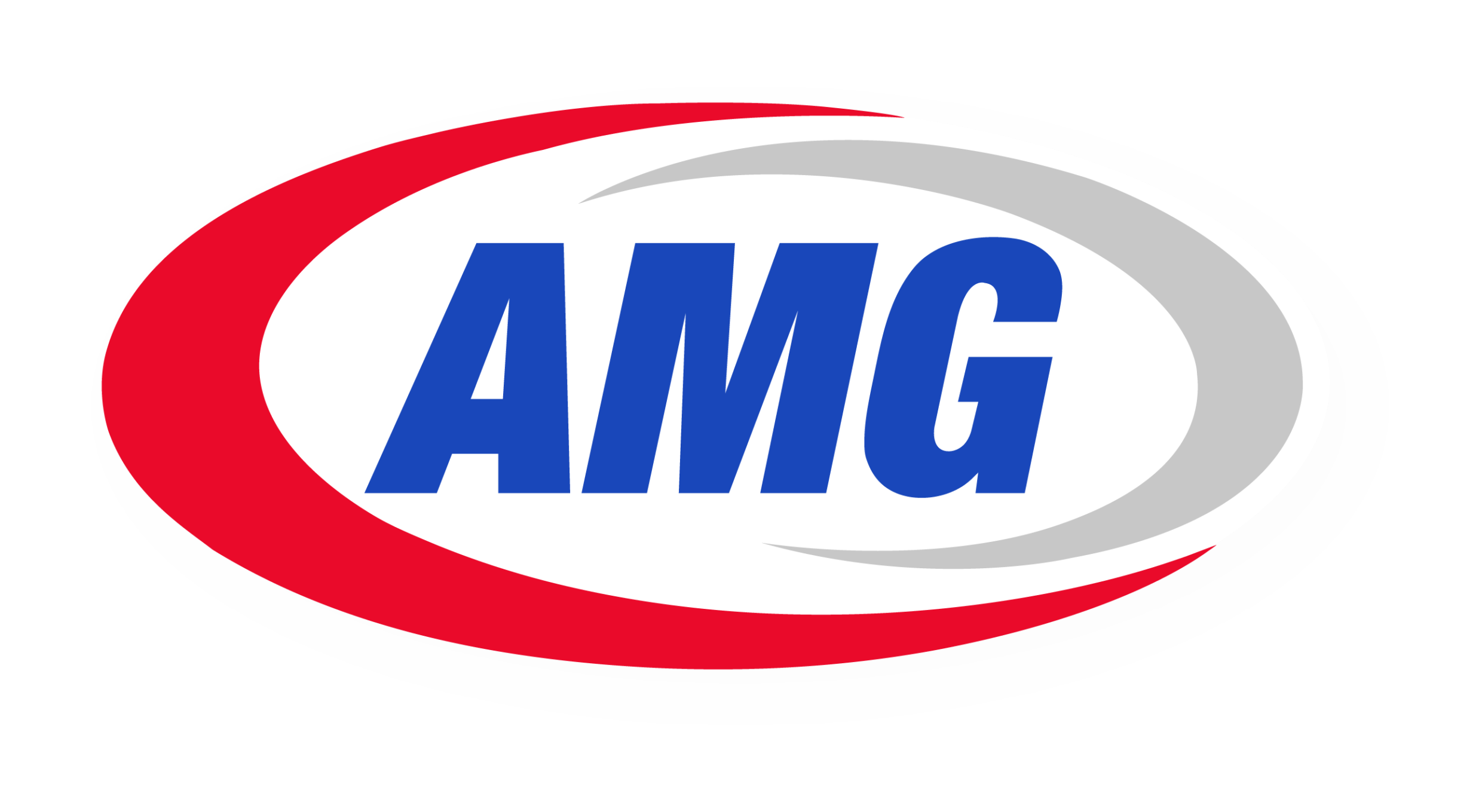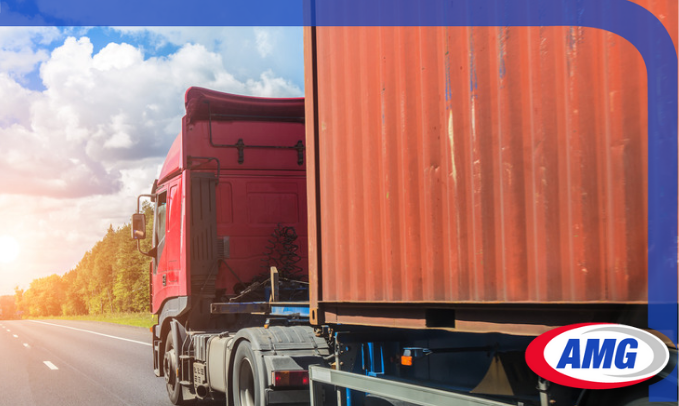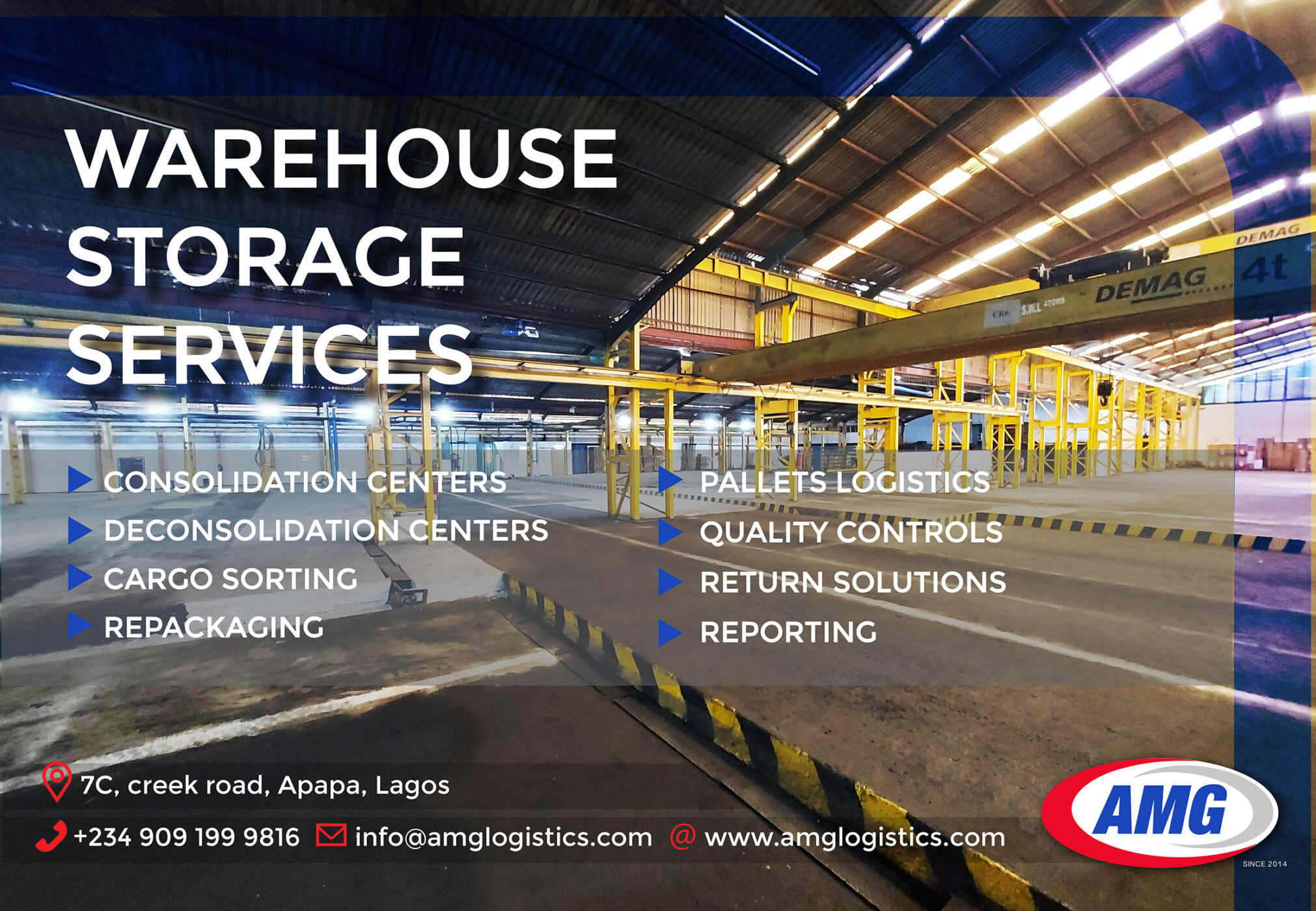Road freight is the transportation of goods, commodities, and cargo in bulk by truck or intermodal via train and road. It can be transported domestically or internationally by land, depending on the distance, weight, volume, and type of goods. Road freight is a vital part of the global trade and logistics industry, accounting for 53 percent of CO2 emissions within global trade-related transport.
In this article, we will explain how road freight works and answer some frequently asked questions about this process.
What are the benefits of road freight?
Road freight has many advantages over other modes of transport, such as:
- Flexibility: Road freight can access any destination that has a road network, regardless of the terrain or weather conditions. Road freight can also offer door-to-door service, which
- reduces the need for intermediate handling and storage.
- Speed: Road freight can deliver goods faster than rail or sea transport, especially for short to medium distances. Road freight can also avoid delays caused by congestion or customs
- clearance at ports or terminals.
- Cost-effectiveness: Road freight can be cheaper than air or sea transport, especially for small to medium-sized shipments. Road freight can also save costs by using intermodal
- transport, which combines different modes of transport to optimize efficiency and reduce environmental impact.
- Reliability: Road freight can ensure timely and safe delivery of goods, thanks to the advanced technology and equipment used by road freight companies. Road freight can also
- track and monitor the shipment in real-time, using GPS devices, online platforms, or phone calls.
What are the main steps involved in road freight?
Here are the main steps involved in road freight:
- Planning and booking: The shipper or consignor needs to plan the shipment details, such as the origin, destination, delivery date, cargo type, weight, dimensions, and special requirements. Then, they need to find a suitable carrier or freight forwarder that can offer the best service and price for their needs. They can use online platforms, brokers, or direct contacts to compare and book road freight services. Some factors that affect the freight rates are the distance, the demand and supply balance, the fuel prices, the tolls and taxes, and the seasonality.
- Packing and labelling: The shipper or consignor needs to pack the goods securely and appropriately for road transport, using pallets, crates, boxes, or other containers. They also need to label the goods clearly with the necessary information, such as the shipper’s and consignee’s names and addresses, the cargo description, the number of pieces and the gross weight. They may also need to attach any documents or stickers required by customs or regulations.
- Loading and dispatching: The carrier or freight forwarder sends a truck or a container to collect the goods from the shipper’s premises. The driver or loader checks the goods against the booking confirmation and the bill of lading, which is a document that lists the cargo details and serves as a receipt and a contract of carriage. The driver or loader then loads the goods onto the truck or container, secures them properly and signs the bill of lading.
- Transporting and tracking: The truck or container travels by road to the destination, following a predefined route and schedule. Depending on the distance and the border crossings involved, the truck or container may need to stop at checkpoints, terminals, depots or ports for inspection, transhipment, refuelling or resting. The carrier or freight forwarder provides tracking information to the shipper and consignee, using GPS devices, online platforms, or phone calls.
- Unloading and delivering: The truck or container arrives at the consignee’s premises or a nearby terminal. The driver or loader unloads the goods and checks them against the bill of lading and the delivery note, which is a document that confirms the delivery of the goods and serves as a proof of delivery. The driver or loader then signs the delivery note and hands it over to the consignee.
Road freight is a common and efficient way of transporting goods across land. By following these steps explained in this article, you can ensure that your road freight experience is smooth and hassle-free.
Would you want to move goods (mainly cargos) from one place to another, AMG Logistics got you covered. Kindly contact us today





